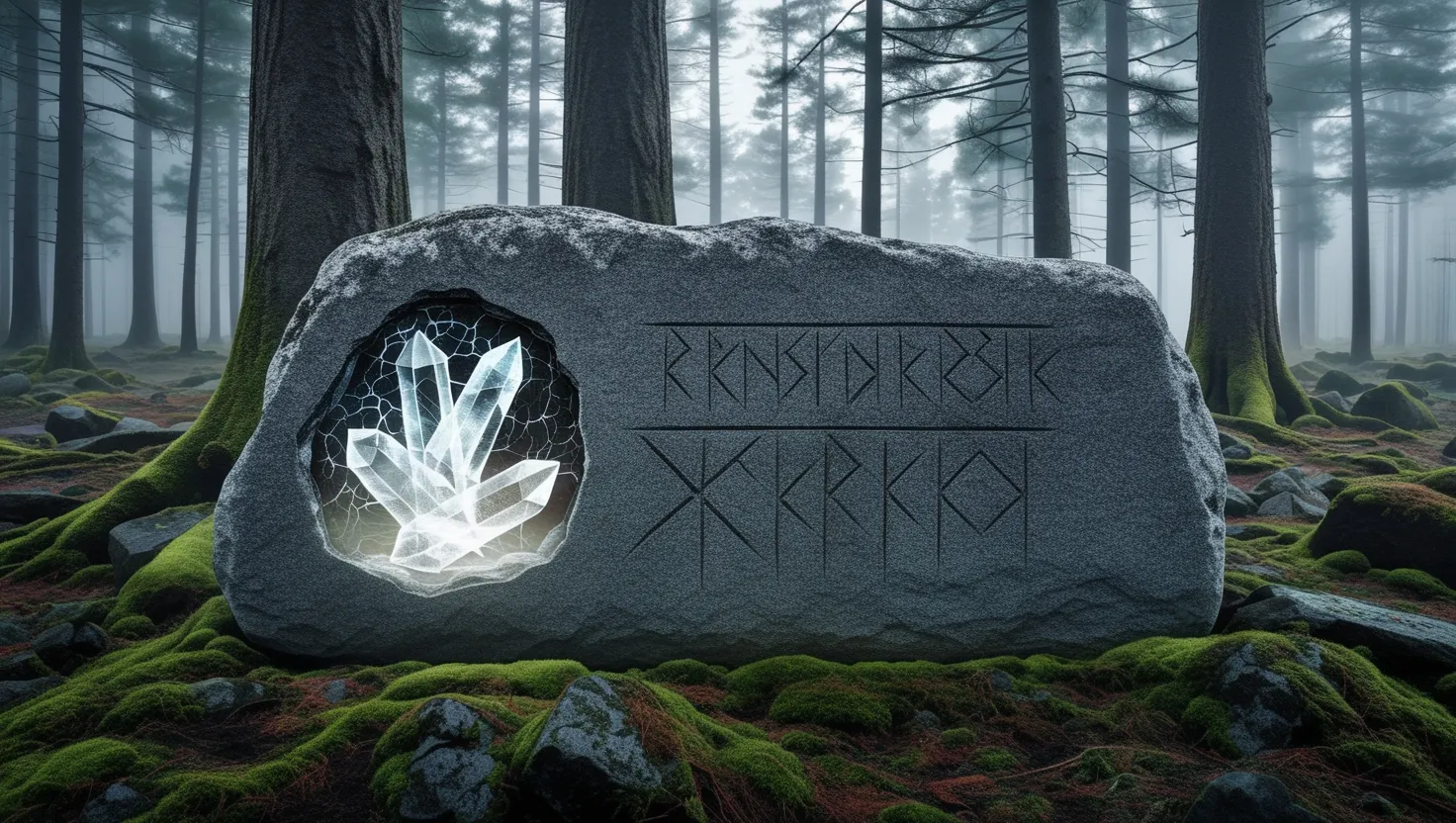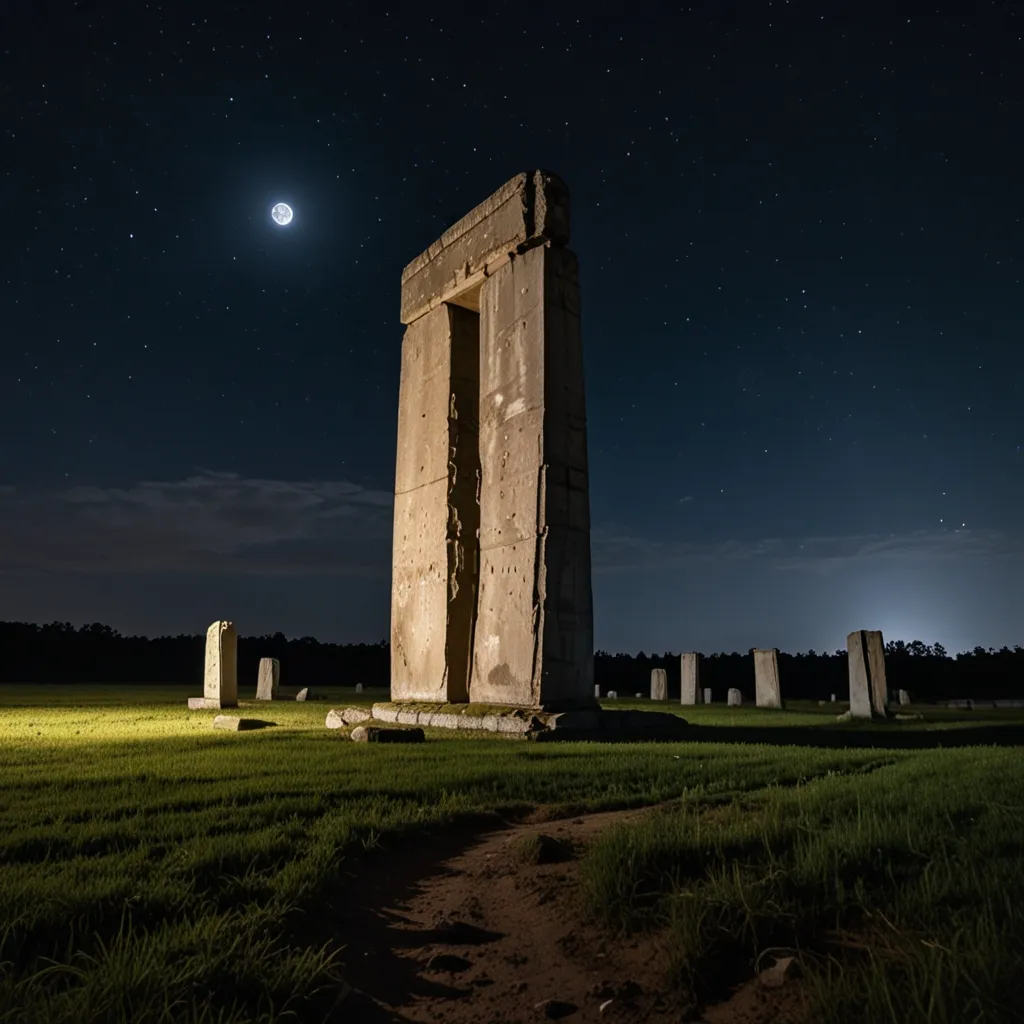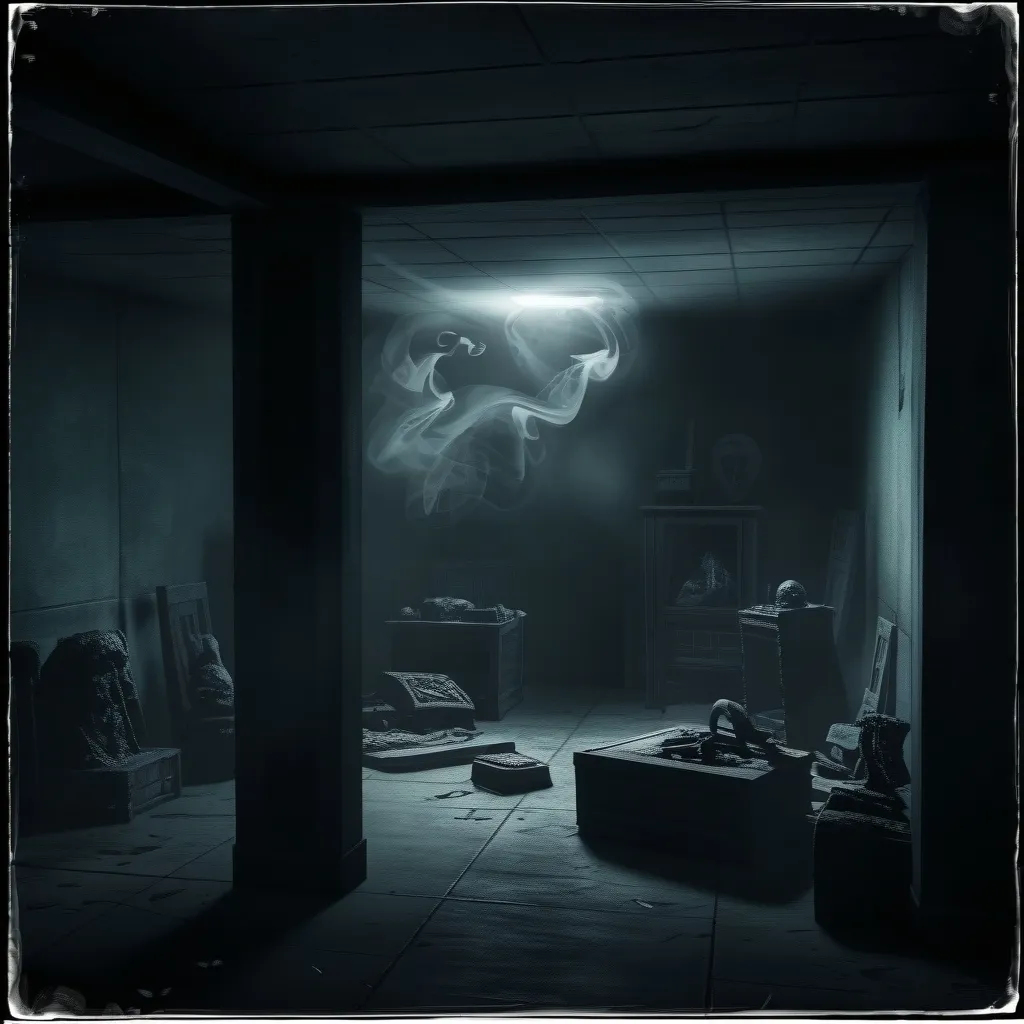You probably expect runestones in Sweden to be cryptic, imposing, or at most linguistically fascinating. But the Rökstenen Memory Stones, standing in the shadowy forests of Småland, defy every neat box we try to put them in. It’s easy to start with the runes—those jagged lines cut into grey granite, spelling out memorials, histories, warnings. What if those marks are only the surface of something far more sophisticated? I want to take you into a story about ancient information storage, mineral science, forgotten technology, and human curiosity.
Let’s start on the forest floor, where the dense, moss-clad air hums with a peculiar tension around certain stones. That’s not poetic exaggeration. Metal detectors that worked perfectly elsewhere start glitching, refusing to function close to stones that bear the word “Rök” in their long, winding inscriptions. For a long time, people thought it was just superstition, perhaps that the Viking spirits still lingered. Scientists, as always, were skeptical. Then someone decided to look inside the stones, quite literally. When they did, they found something no one expected.
The granite used for these runestones isn’t ordinary. It’s shot through with quartz—milky, clear, and, most curiously, arranged in visible geometric patterns that mirror the runic carvings on the surface. This is not how quartz usually grows in granite. Under a microscope, the patterns seem intentional, aligning precisely with the ancient characters as if the stone itself was being programmed. That discovery set off a new wave of experiments.
People often assume that Vikings carved to remember, to boast, to warn, or to honor. Imagine if they were also encoding, storing, even transmitting information, not just with words, but with the minerals inside their monuments. I found myself staring at diagrams showing how certain electromagnetic frequencies, applied to these stones, make the crystals sing—real acoustic pulses, each with a distinct musical pitch that matches a particular rune. Are the runes simply letters, or are they frequency keys to a crystalline alphabet?
Let’s pause for a moment and listen to William Gibson:
“The future is already here—it’s just not evenly distributed.”
What if, for a flicker in the medieval darkness, the future was more present than we ever guessed?
Scientists working late into winter nights found something even stranger. These Rökstenen stones seem to remember. They hold the imprint of electromagnetic fields—ghosts of cosmic events, like ancient solar storms, preserved in their internal structure. That’s not just poetic fancy; it’s measurable. Instruments can detect patterns from eras when records show auroras blazing in the Nordic skies. The implication: these stones are not passive. They are, in a sense, ancient hard drives, storing the pulse of the universe as it passed over them.
Does that sound far-fetched? Here’s the catch. The quartz inside isn’t entirely natural. X-ray analysis reveals it was deliberately enhanced; the crystals display heating and chemical signatures that hint at processes far beyond what we thought Viking metallurgy could manage. We know the Vikings were masters of iron, shipbuilding, navigation. But controlled mineral enhancement? That’s a level of material science no medieval text credits them with.
Is it possible that this knowledge existed, then vanished? If so, why did it leave so few traces? Or could it be—like so many pivotal advances in history—a discovery that was kept secret, or lost to time as war, migration, or plague erased specialists and their oral traditions?
One question nags at me. If these stones are capable of storing not only intention but data—if they act as analog processors and memory banks—what does this say about our understanding of pre-modern technology? Are we missing entire domains of human achievement because we don’t recognize the signs? If ancient engineers could manipulate quartz to store and transmit coded signals, who else, in what other places, could have done the same?
Back in the Swedish lab, researchers arranged multiple Rökstenen Memory Stones in a wide field and activated them together. What happened next almost beggared belief: coherent resonance patterns appeared, carrying energy and information across distances of fifty kilometers or more. They weren’t just stones, but nodes in an invisible network. This predates the earliest known long-range communication methods by a millennium. It makes you wonder: were these stones part of a lost system for signaling, storytelling, or even synchronizing collective memory?
As I compare this to what we know from other fields, the science feels both exhilarating and humbling. Piezoelectricity—the ability of crystals to generate voltage under pressure or vibration—is a familiar tool today, powering everything from watches to sonar. But to imagine this property being harnessed centuries ago, not by trial and error, but with a grasp of systematic mineral processing, forces us to rethink not just the limits of ancient knowledge, but how knowledge itself is preserved or lost.
We glorify written history, but perhaps the real story is hidden in geology, invisible to those who don’t know how to look. When you stand before the smoky granite of a Rökstenen memory stone, you’re not just reading words cut by a grieving father, or a boastful chieftain. You are, quite literally, confronting a message encoded in both matter and energy, designed to persist for millennia.
As Marcel Proust reminds us:
“The real voyage of discovery consists not in seeking new landscapes, but in having new eyes.”
What are we not seeing, because we keep looking for parchment, papyrus, or archives? What if the biggest repository of early human intelligence is stored, not in libraries, but in landscapes—encoded in stone, in crystal, in the very dust beneath our feet?
I think about the people who made these stones. For them, were the runes only secondary? Or did they see the world as alive with signals, fields, harmonies—where communication wasn’t just language, but vibration, frequency, aligned intention? In such a worldview, the difference between magic and technology is only perspective. To them, maybe, a stone “remembering” was as obvious as a tree growing.
Are we ready to entertain the possibility that technology is not always linear, that it can bloom and wither, leaving behind relics whose functions we misinterpret entirely? What else are we missing? Could similar crystalline signatures be hiding on monuments across the globe, dismissed as trivial inclusions or natural patterns?
There is a humility that comes from confronting these mysteries. Modern science so often assumes that past peoples knew less, had less, understood less. But standing among the memory stones, trembling with the resonance of hidden music, I find myself wondering if we are the ones who know less—if the world is still waiting for us to listen to what it’s been storing all along.
Ask yourself: If you could build a message to last a thousand years, would you trust ink, or stone? Would you carve it on the surface, or encode it in the very order of the atoms? Would you imagine that someday, in a laboratory on the far side of history, others might reveal your secret rhythms and hear your signal at last?
I hope we keep asking these questions. Not because the answers come easy, but because the pursuit itself expands our understanding of what it means to be human—to remember, to reach, to leave something behind that one day, unexpectedly, might sing again.
As Arthur C. Clarke so famously said:
“Any sufficiently advanced technology is indistinguishable from magic.”
Maybe, just maybe, the real magic is waiting for us in the stones.






